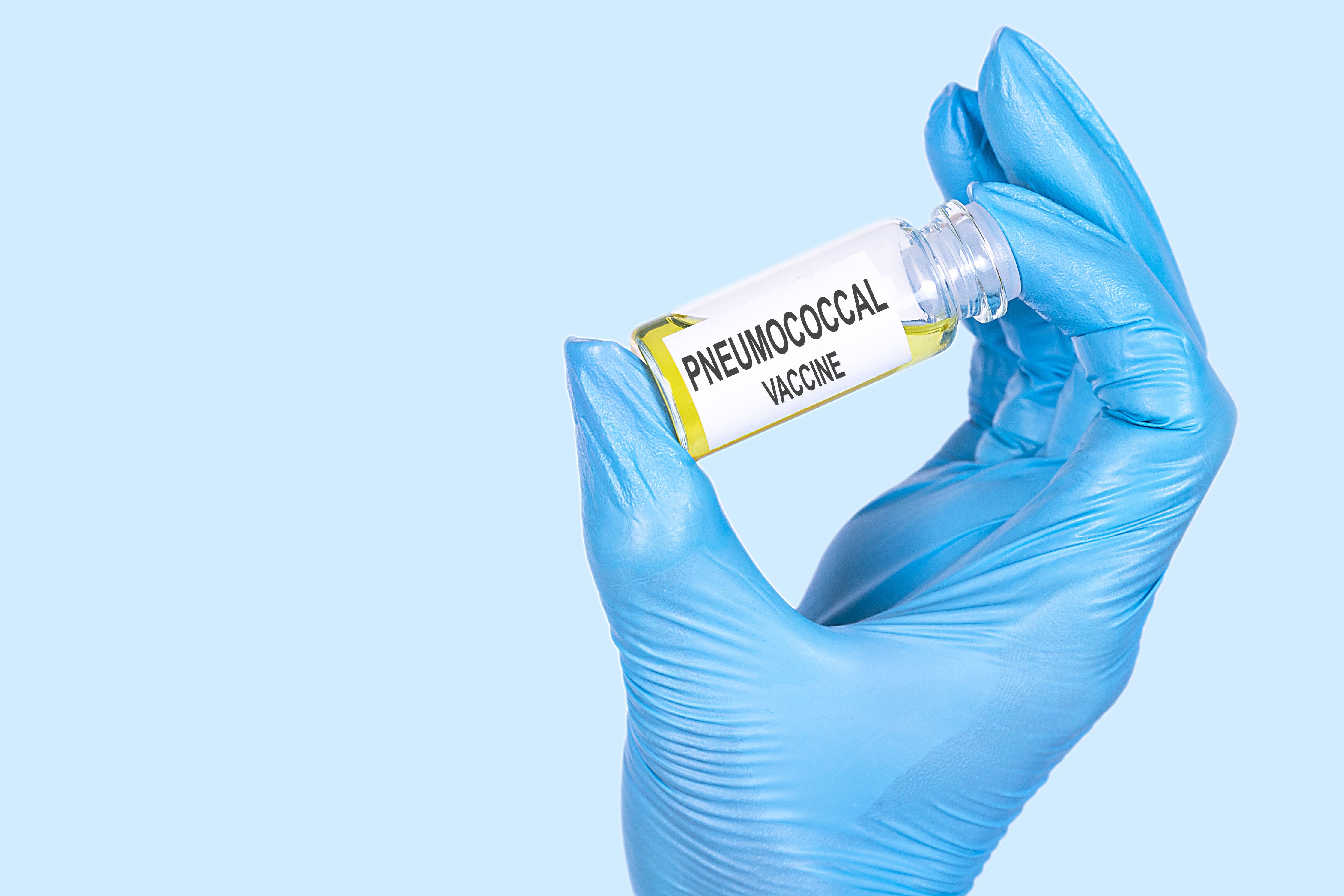Serotypes included in V116 (Merck), a 21-valent pneumococcal conjugate vaccine (PCV), have a higher clinical and economic burden for invasive pneumococcal disease (IPD) compared with PCV20 (Prevanar 20; Wyeth Pharmaceuticals, Pfizer), according to results of a study published in Infectious Diseases and Therapy. Investigators also found that vaccination with V116 could reduce the residual burden of IPD in the United States.
Currently, the US Advisory Committee on Immunization Practices recommends the use of PCV20 alone or PCV15 (Vaxneuvance; Merck) with pneumococcal polysaccharide vaccine (PPSV23, Pneumovax23; Merck) for adults aged 65 years and older and for those aged 19 years to 64 years with underlying medical conditions or risk factors, according to the study authors. Merck is also developing V116, which includes 8 serotypes that are not found in any of the licensed vaccines.
The study authors aimed to estimate the health and economic burden of pneumococcal disease that is attributable to the serotypes in V116. They evaluated and compared the total lifetime number of IPD cases and deaths due to all serotypes in V116 compared to PCV20 for United States adults as well as the lifetime direct costs between both vaccines.
Investigators used a state-transition Markov model for the analysis, following adults aged 18 years and older until death or 100 years of age. The model tracked health and economic outcomes associated with the serotypes in V116, PCV20, and the unique 8 serotypes, according to the study authors. The study population was split into 3 risk groups, including low risk, at risk, and high risk. Health outcomes included IPD, post-meningitis sequelae (PMS), and IDP-related deaths. Cost outcomes included direct case to each case of IPD and PMS, according to the study authors.
The results showed that for adults in the US aged 18 years and older, the estimated lifetime number of cases of IPD, PMS, and IPD-related deaths in 2021 due to serotypes in V116 were 1.44 million, 17,628, and 186,198, respectively. Approximately 38% of estimated cases and deaths for IPD and PMS included the 8 unique serotypes. However, investigators also reported that the lifetime numbers for PCV20 were 35% lower at 933,986, 11,464, 120,001, respectively.
The investigators found that the subgroup of individuals aged 18 to 49 had the highest number of IPD cases and deaths, followed by aged 50 to 64, then 65 years and older. Further, the at-risk population had the highest number of cases and deaths, followed by high risk, then low risk.
Key Takeaways
- The 8 serotypes unique to V116 account for nearly 40% of estimated IPD cases and deaths in the US, suggesting these strains contribute significantly to the disease burden.
- Vaccination with V116 could lead to substantial economic savings due to fewer IPD cases and their associated healthcare costs. The study estimates a potential lifetime cost savings of over $10 billion compared to PCV20.
- Adults aged 18 to 49 and those with underlying medical conditions are predicted to benefit the most from broader protection offered by V116.
For economic outcomes, the estimated discounted lifetime direct costs for IPD and PMS for serotypes in the V116 vaccine were approximately $32.6 billion. Additionally, approximately 28% of the total was attributed to the 8 unique serotypes. For PCV20, the estimated lifetime direct cost was $21.9 billion, according to the study authors.
Further, the economical outcomes were similar to the clinical outcomes with the aged 18 to 49 group having the highest associated lifetime costs followed by aged 50 to 64 and aged 65 and older. The high-risk population had the highest total direct lifetime cost followed by the at-risk population for those aged 18 years to 49 years and 50 years to 64 years. For those in the aged 65 years and older age group, the at-risk group had higher costs followed by high, then low risk.
Reference
Yi Z, Johnson KD, Owusu-Edusei K. Lifetime Health and Economic Burden of Invasive Pneumococcal Diseases Attributable to V116 Serotypes Among Adults in the United States. Infect Dis Ther. 2024. doi:10.1007/s40121-024-00988-1







